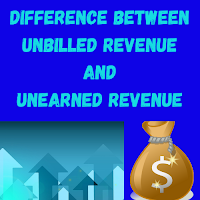Contra Account Is A Nominal Account Real Or A Personal Account - Contra Account Is Which Type of Account

A Contra Account is not a Nominal Account as it is not an expense account which is related with nominal account. A contra account is also not a personal account as it is not related with the living or natural persons. Yes, a contra account is a contra real account as it is the reversal of relevant revenue, expenses, assets, liabilities and equity accounts in income statement and on balance sheet such as sales allowance is deducted from gross sales in income statement and allowance for doubtful accounts is deducted from the ending balance of accounts receivable on balance sheet. So, we can say that a contra account is a Contra Real Account and not a nominal or a personal account.















